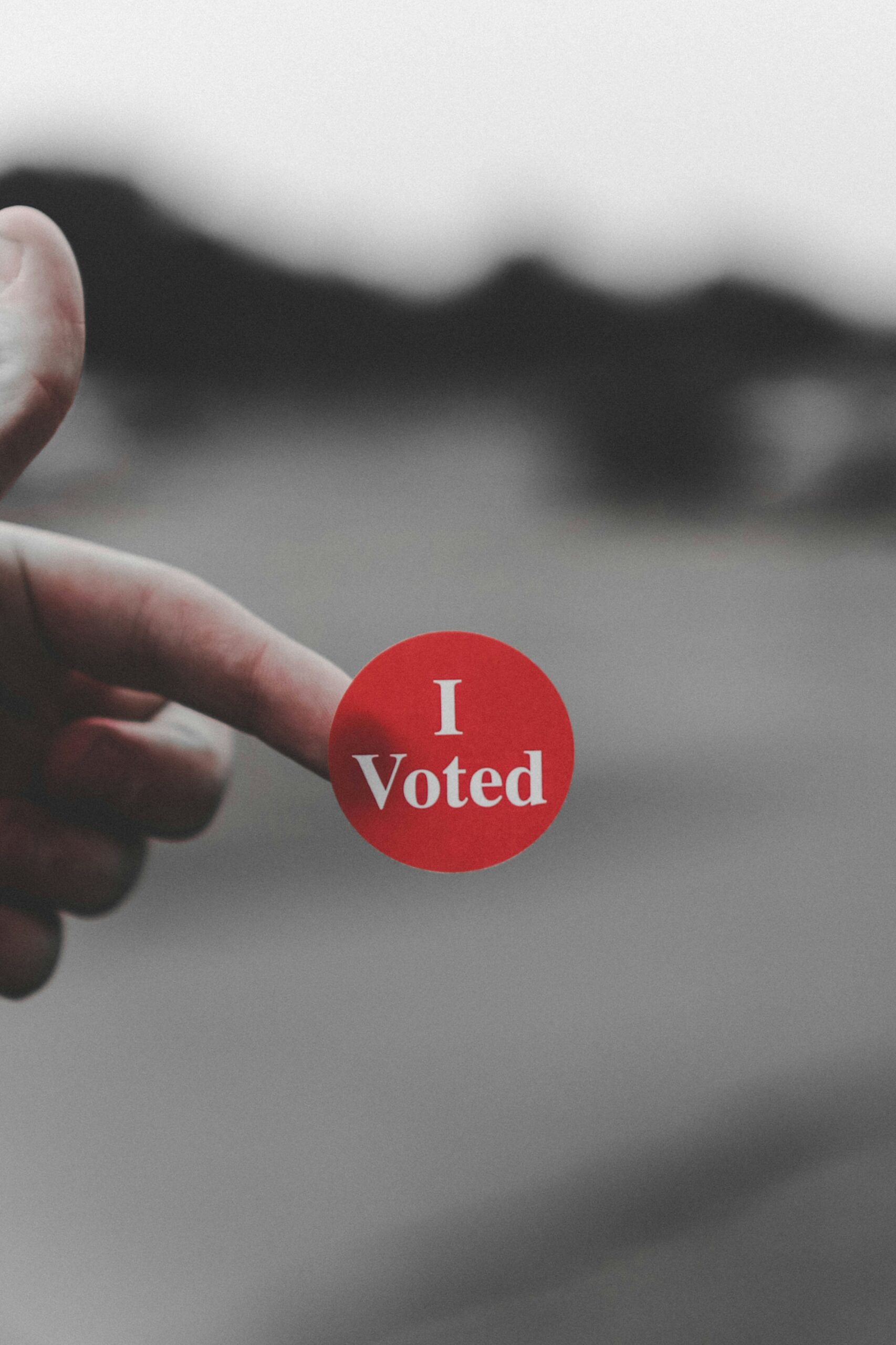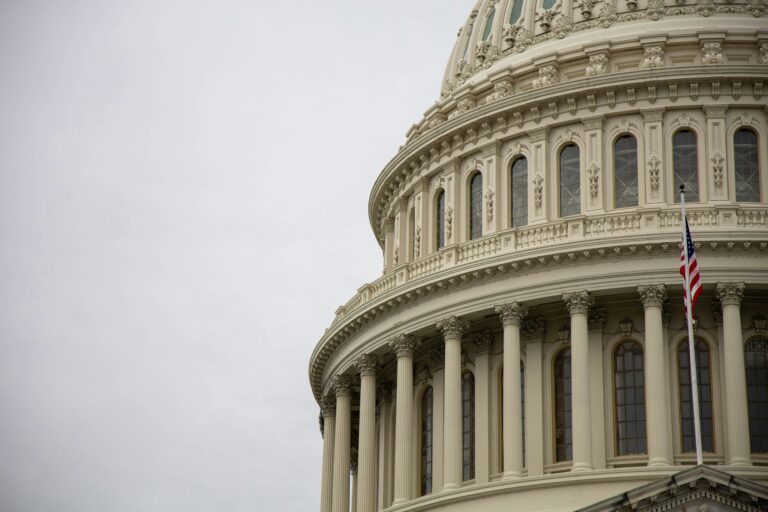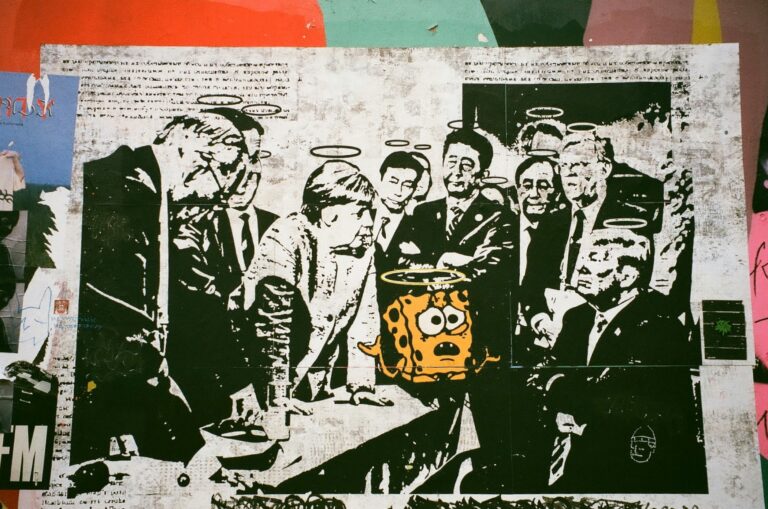
Elections are the cornerstone of democratic governance, providing citizens with the opportunity to choose their leaders and shape the policies that will govern their lives. While the fundamental principles of free and fair elections are upheld across many democracies, the methods by which elections are conducted can vary significantly from one country to another. This article explores how presidential and congressional elections are held in the United States compared to other countries, highlighting key similarities and differences in electoral systems, processes, and outcomes.
Presidential Elections in the United States
The United States holds presidential elections every four years, a process governed by a unique electoral system that has evolved over the nation’s history. The U.S. presidential election is a two-step process involving both a popular vote and the Electoral College.
- The Electoral College System
One of the most distinctive features of U.S. presidential elections is the Electoral College. Rather than being elected directly by popular vote, the President and Vice President are chosen by electors. Each state is allocated a number of electors equal to the sum of its U.S. Senators (always two) and Representatives in the House, which varies based on population. There are a total of 538 electors, and a candidate must secure a majority of 270 electoral votes to win the presidency.
The Electoral College system means that winning the presidency depends on securing a majority of electoral votes, not necessarily the popular vote. This has led to instances where a candidate who won the popular vote did not become president, as happened in the 2000 and 2016 elections.
- Primary Elections and Caucuses
Before the general election, political parties in the U.S. hold primary elections and caucuses to select their nominees for president. These contests, which begin early in the election year, involve voters from each state choosing delegates who pledge to support specific candidates at the party’s national convention. The Democratic and Republican parties use different methods to allocate delegates, with Democrats using proportional representation and Republicans using a mix of proportional and winner-take-all systems.
- General Election
The general election takes place on the first Tuesday after the first Monday in November. Voters in each state cast their ballots for a slate of electors who are pledged to a specific presidential candidate. Most states have a winner-take-all system, where the candidate with the most votes in the state wins all the state’s electoral votes. However, Maine and Nebraska use a proportional system, allocating two electoral votes to the statewide winner and one electoral vote to the winner in each congressional district.
Congressional Elections in the United States
In addition to presidential elections, the United States also holds congressional elections every two years. These elections determine the composition of the U.S. Congress, which is divided into two chambers: the Senate and the House of Representatives.
- Senate Elections
The U.S. Senate consists of 100 members, with each state electing two senators regardless of population size. Senators serve six-year terms, with approximately one-third of the Senate up for election every two years. Senate elections are typically state-wide, and the candidate who receives the most votes wins the seat.
- House of Representatives Elections
The House of Representatives has 435 members, with each member representing a congressional district. The number of districts in each state is determined by population, as measured by the U.S. Census, which is conducted every ten years. House members serve two-year terms, and all seats are up for election every two years. Unlike Senate elections, House elections are held within individual districts, and the candidate who receives the most votes in each district wins the seat.
- Midterm Elections
Midterm elections occur halfway through a president’s four-year term. These elections are significant because they can shift the balance of power in Congress, affecting the president’s ability to enact policies. Voter turnout in midterm elections is typically lower than in presidential elections, but these elections often serve as a referendum on the sitting president’s performance.
Comparative Analysis: U.S. Elections vs. Other Countries
While the U.S. electoral system is unique in many ways, it shares some similarities with and has notable differences from the systems used in other democratic countries.
Presidential Elections in Other Countries
- Direct Election of the President
In many countries, the president is elected directly by the popular vote, without an intermediary like the Electoral College. For example, in France, the president is elected through a two-round system. If no candidate receives an absolute majority in the first round, a runoff is held between the top two candidates. This system ensures that the president has majority support from the electorate, which contrasts with the U.S. system where a candidate can win the presidency without a majority of the popular vote.
- Parliamentary Systems
In countries like the United Kingdom, Canada, and Australia, the head of government is not elected directly by the public. Instead, the leader of the majority party or coalition in the parliament becomes the prime minister. In these parliamentary systems, the prime minister is the head of government, while a separate figure, often a monarch or president, serves as the head of state with more ceremonial powers. This contrasts with the U.S. system, where the president serves as both head of state and head of government.
- Mixed Systems
Some countries, such as Germany, use a mixed system where the president is elected by a federal assembly composed of members of parliament and representatives from the states. The president’s role is largely ceremonial, with the chancellor serving as the head of government. This system differs from the U.S. in that the executive power is divided between two offices, each with distinct roles.
Congressional and Legislative Elections in Other Countries
- Proportional Representation
Many countries use proportional representation (PR) to elect their legislatures, in contrast to the U.S.’s first-past-the-post system. In a PR system, parties receive seats in the legislature based on the percentage of the vote they receive. This system is used in countries like Germany, Israel, and South Africa. PR systems tend to produce multi-party legislatures where no single party has an outright majority, leading to coalition governments. In contrast, the U.S. system often results in a two-party dominance, where the majority party in each chamber has significant control over the legislative agenda.
- Mixed-Member Proportional Representation
Germany uses a mixed-member proportional representation (MMP) system, which combines elements of first-past-the-post and proportional representation. Voters cast two votes: one for a candidate to represent their district and one for a party. Half of the Bundestag’s seats are filled by district representatives, while the other half are allocated to parties based on their share of the second vote. This system allows for both direct representation and proportionality, offering a balance that is not present in the U.S. system.
- Multi-Member Districts
In some countries, such as Ireland and Japan, multi-member districts are used, where more than one representative is elected from a single district. This system can lead to more diverse representation within a single district and is often paired with a single transferable vote (STV) system, where voters rank candidates by preference. This contrasts with the U.S., where congressional districts are single-member, and the candidate with the most votes wins.
Election Timing and Frequency
- Fixed vs. Variable Election Dates
The U.S. has fixed election dates, with presidential elections every four years and congressional elections every two years. This provides predictability and ensures regular opportunities for voters to participate in the democratic process. In contrast, many parliamentary systems, such as those in the UK and Canada, have variable election dates. The prime minister can call elections at any time within a certain period (usually five years), which can lead to strategic timing of elections based on political conditions.
- Term Limits
The U.S. has term limits for the presidency, with a maximum of two four-year terms allowed. However, there are no term limits for members of Congress, allowing them to serve indefinitely as long as they are re-elected. In contrast, some countries impose term limits on their legislators to promote political renewal and prevent the entrenchment of power. For example, Mexico limits its president to a single six-year term, with no possibility of re-election.
Challenges and Criticisms
- Electoral College Controversy
The Electoral College is a subject of ongoing debate in the United States. Critics argue that it can lead to undemocratic outcomes, where the winner of the popular vote does not become president. Proponents, however, argue that it protects the interests of smaller states and prevents a tyranny of the majority. This debate has no direct parallel in most other countries, where the president is either directly elected or appointed through parliamentary systems.
- Voter Turnout and Participation
Voter turnout in the U.S. varies widely between presidential and midterm elections, often reflecting voter engagement and satisfaction with the political process. In countries with compulsory voting, such as Australia, voter turnout is consistently high, reflecting a different approach to ensuring broad participation in the democratic process.
- Gerrymandering
Gerrymandering, the practice of drawing electoral district boundaries to favor a particular party, is a significant issue in the U.S. It can distort representation and undermine the principle of fair elections. In contrast, many other democracies use independent commissions to draw district boundaries, reducing the potential for political manipulation.
Conclusion: The Diversity of Electoral Systems
The comparison between U.S. presidential and congressional elections and those in other countries highlights the diversity of electoral systems and the ways in which different democracies approach the challenge of representation. While the U.S. system is deeply rooted in its history and constitutional framework, other countries have adopted different methods to achieve democratic governance, each with its own strengths and weaknesses.
Understanding these differences provides valuable insights into the functioning of democracies around the world and the ways in which electoral systems can be designed to
reflect the values and priorities of their societies. Whether through direct elections, proportional representation, or mixed systems, the common goal remains the same: to ensure that the voice of the people is heard and that their government is accountable to them. * Election Controversies Throughout American History*
Elections are the bedrock of American democracy, serving as the primary means through which citizens exercise their political rights and choose their leaders. However, not all elections have been free from controversy. Throughout American history, numerous elections have been marred by disputes, irregularities, and allegations of fraud or manipulation. These controversies have sometimes shaken public confidence in the electoral process and prompted significant political and legal reforms. This article explores some of the most notable election controversies in American history, examining their causes, consequences, and lasting impact on the nation’s democratic institutions.
The Election of 1800: The First Major Electoral Dispute
The election of 1800, often referred to as the “Revolution of 1800,” was one of the first major electoral controversies in American history. This election pitted the incumbent president, John Adams, a Federalist, against his Democratic-Republican rival, Thomas Jefferson. The political stakes were high, as the young nation was deeply divided along partisan lines.
The controversy arose when Jefferson and his running mate, Aaron Burr, both received 73 electoral votes, creating a tie. At the time, the Constitution did not distinguish between votes for president and vice president, so the decision was thrown to the House of Representatives, where each state delegation had one vote. The Federalists, who controlled the House, saw an opportunity to block Jefferson’s ascent to the presidency by supporting Burr. The election remained deadlocked for 36 ballots before Alexander Hamilton, a leading Federalist, intervened, urging his party to support Jefferson, whom he deemed the lesser of two evils.
Jefferson was eventually elected, but the controversy exposed significant flaws in the electoral process. In response, the 12th Amendment was passed in 1804, requiring separate electoral votes for president and vice president, a change that remains in effect today.
The Election of 1824: The “Corrupt Bargain”
The election of 1824 was another highly contentious election, known for what became famously dubbed the “Corrupt Bargain.” In this election, four major candidates—John Quincy Adams, Andrew Jackson, William Crawford, and Henry Clay—competed for the presidency. Andrew Jackson won a plurality of both the popular vote and the electoral vote, but he did not secure the majority of electoral votes needed to win the presidency outright.
As a result, the election was decided by the House of Representatives, as required by the 12th Amendment when no candidate receives a majority of the electoral votes. Henry Clay, who was eliminated from contention after finishing fourth in the electoral vote count, used his influence as Speaker of the House to support John Quincy Adams. Adams was subsequently elected president, and shortly afterward, he appointed Clay as his Secretary of State.
Jackson and his supporters were outraged, accusing Adams and Clay of striking a “corrupt bargain” to secure the presidency. This controversy significantly deepened the political divide between Jacksonians and the Adams-Clay faction, leading to the eventual split of the Democratic-Republican Party and the formation of the Democratic Party under Jackson’s leadership.
The Election of 1876: The Compromise of 1877
The election of 1876 is one of the most disputed and controversial elections in American history. The contest between Republican Rutherford B. Hayes and Democrat Samuel J. Tilden was marked by widespread allegations of voter fraud, intimidation, and corruption, particularly in the Southern states, where Reconstruction was in its final stages.
Tilden won the popular vote and was just one electoral vote shy of securing the presidency. However, 20 electoral votes from four states—Florida, Louisiana, South Carolina, and Oregon—were disputed due to allegations of irregularities. Both parties claimed victory in these states, leading to a constitutional crisis.
To resolve the deadlock, Congress established a bipartisan Electoral Commission to determine the rightful winner of the disputed electoral votes. The commission, composed of five Senators, five Representatives, and five Supreme Court justices, ultimately awarded all 20 disputed votes to Hayes, giving him a one-vote victory in the Electoral College.
In exchange for conceding the presidency to Hayes, Democrats secured a series of concessions in what became known as the Compromise of 1877. These concessions included the withdrawal of federal troops from the South, effectively ending Reconstruction and paving the way for the establishment of Jim Crow laws that disenfranchised African Americans for decades.
The election of 1876 exposed deep flaws in the electoral process and highlighted the potential for electoral disputes to lead to political compromise at the expense of democratic principles.
The Election of 1948: The “Dewey Defeats Truman” Headline
The election of 1948 is famous not only for its surprising outcome but also for the premature and inaccurate reporting of that outcome. Incumbent President Harry S. Truman, a Democrat, was widely expected to lose to his Republican challenger, Thomas E. Dewey. Public opinion polls, political pundits, and the media all predicted a Dewey victory.
As election night progressed, early returns seemed to confirm these predictions. The Chicago Daily Tribune, confident in Dewey’s impending victory, went to press with the now-infamous headline “Dewey Defeats Truman.” However, as more votes were counted, it became clear that Truman had defied the odds and won the election, securing a decisive victory in the Electoral College.
The premature headline became a symbol of the dangers of over-reliance on early polling data and the risks of media bias in election reporting. The 1948 election also underscored the importance of waiting for complete and accurate vote counts before declaring a winner, a lesson that remains relevant in modern elections.
The Election of 1960: Kennedy vs. Nixon
The 1960 presidential election between Democrat John F. Kennedy and Republican Richard Nixon was one of the closest and most controversial elections in American history. Kennedy ultimately won the election by a narrow margin, both in the popular vote and the Electoral College. However, allegations of voter fraud and irregularities, particularly in Illinois and Texas, cast a shadow over his victory.
In Illinois, the city of Chicago, under the control of Democratic Mayor Richard J. Daley, delivered a large margin of victory for Kennedy, leading to accusations that votes had been manipulated or “stolen” to ensure Kennedy’s win in the state. Similar allegations were made in Texas, where Kennedy’s running mate, Lyndon B. Johnson, wielded significant political influence.
Despite these allegations, Nixon chose not to challenge the results, fearing that it would create a constitutional crisis and harm the country. The 1960 election remains a subject of debate among historians, with some arguing that the irregularities may have altered the outcome, while others contend that Kennedy’s victory was legitimate.
The Election of 2000: Bush vs. Gore and the Florida Recount
The 2000 presidential election between Republican George W. Bush and Democrat Al Gore was one of the most contentious and legally fraught elections in American history. The outcome of the election hinged on the results in Florida, where the margin of victory was extraordinarily close, triggering an automatic recount.
The Florida recount process was marked by a series of legal battles, focusing on issues such as the validity of absentee ballots, the interpretation of “hanging chads” (partially punched ballot holes), and the proper procedures for recounting votes. The controversy reached its climax when the U.S. Supreme Court intervened in the case of Bush v. Gore, ultimately halting the recount and effectively awarding Florida’s electoral votes—and the presidency—to Bush.
The decision was highly controversial, with critics arguing that it undermined the principle of equal protection and raised questions about the role of the judiciary in resolving electoral disputes. The 2000 election led to widespread calls for election reform, including changes to voting technology and procedures, to prevent similar controversies in the future.
The 2020 Election: Trump vs. Biden and the Aftermath
The 2020 presidential election between incumbent Republican President Donald Trump and Democratic challenger Joe Biden was deeply polarizing and led to one of the most significant electoral controversies in modern American history. The election was conducted amid the COVID-19 pandemic, leading to an unprecedented expansion of mail-in voting and early voting options.
Biden won the election by a substantial margin in both the popular vote and the Electoral College. However, Trump and his supporters refused to accept the results, alleging widespread voter fraud and irregularities, particularly in key battleground states. These allegations were amplified by Trump’s claims on social media and in public statements, despite a lack of evidence to support them.
The controversy culminated in multiple legal challenges, recounts, and audits, none of which overturned the election results. The situation reached a breaking point on January 6, 2021, when a violent mob of Trump supporters stormed the U.S. Capitol in an attempt to prevent Congress from certifying Biden’s victory. The insurrection led to widespread condemnation and resulted in Trump’s second impeachment by the House of Representatives.
The 2020 election and its aftermath highlighted the fragility of democratic institutions and the importance of upholding the rule of law and the peaceful transfer of power. The events surrounding the election also sparked renewed debates over election security, disinformation, and the role of social media in shaping public perceptions of the electoral process.
Conclusion: The Enduring Impact of Election Controversies
Election controversies have been a recurring feature of American history, reflecting the high stakes of political power and the challenges of ensuring a fair and transparent electoral process. While some controversies have led to significant political and legal reforms, others have exposed deep divisions within the country and tested the resilience of democratic institutions.
Despite these challenges, the United States has continued to uphold the principles of free and fair elections, even in the face of controversy. The ability of the nation to navigate these disputes and emerge with a commitment to democratic governance is a testament to the strength of its institutions and the enduring belief in the power of the people to shape their government.
As the country continues to evolve, it is essential to learn from the lessons of past election controversies to strengthen the electoral process and ensure that it remains a cornerstone of American democracy for generations to come.



